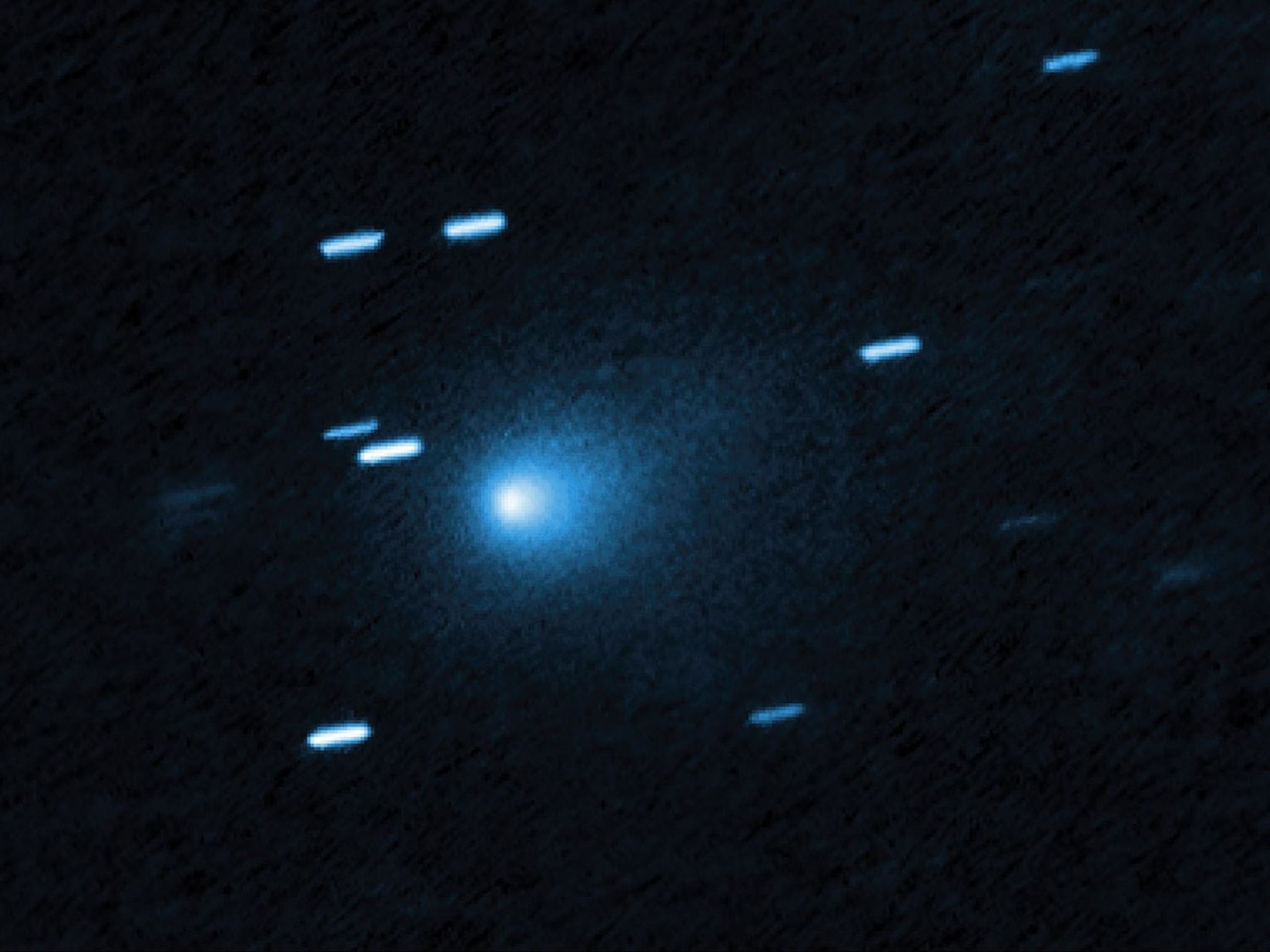
World's Largest Digital Camera to Watch for Killer Asteroids
The Pan-STARRS telescope snaps 1.4-gigapixel pictures every 30 seconds in a hunt for stellar explosions and planet-destroying rocks.
If a planet-destroying asteroid is headed for Earth, scientists now have a much better chance of spotting it.
From its perch atop Hawaii’s dormant Haleakala volcano, the PS1 telescope, which boasts the world's largest digital camera, has begun full-time operations, snapping hundreds of high-resolution photos each day as it scans the sky for space rocks and strange stellar phenomena.
PS1 is the first of several telescopes planned as part of the Panoramic Survey Telescope & Rapid Response System, or Pan-STARRS. The telescope will map near-Earth asteroids ranging in size from 984 feet (300 meters)—big enough to cause major regional destruction if one struck an inhabited area—to 0.6-mile (1-kilometer), which have the potential to produce global catastrophe.
“It provides the best early-warning system we have,” said Edo Berger, a professor with the Harvard-Smithsonian Center for Astrophysics who has studied data from the telescope. The center is part of a consortium that is helping to fund PS1.
(Related: "100 Years After Tunguska, Earth Not Ready for Meteors")
A Digital Eye Bigger Than Hubble's
Although PS1 first came online in late 2008, it only began complete dusk-to-dawn operations last month.
Now, every 30 seconds PS1 snaps a 1,400-megapixel shot of a section of sky as large as 36 full moons—a view 3,600 times larger than the Hubble Space Telescope’s main camera. One of these images would produce a 300-dpi print covering half a basketball court.
In total the telescope gathers enough data to fill a thousand DVDs (nearly five terabytes) every night and maps a sixth of the sky each month. It can also see objects ten times fainter than previous surveys.
These abilities are key to discovering not only killer space rocks but huge numbers of much more common phenomena, from planet-size bodies in our solar system to far-flung cosmic cataclysms.
“For example, we have been able to find more explosive astronomical phenomena (like supernova explosions) in one month than the entire astronomical community found in a whole year,” Berger said by email.
But Berger is most excited about the potential for PS1's far-gazing eye to discover entirely new kinds of space events.
“I suspect that in the coming months and years we will find new kinds of stellar explosions that will teach us about the final moments in the lives of stars and about the birth of black holes and neutron stars,” he said. “This will take us a long way along the path of charting the heavens, both in space and in time.
“We will also be able to map the solar system in much greater detail than was previously possible and to study the formation of the Milky Way galaxy through observation at an unprecedented sensitivity.”





